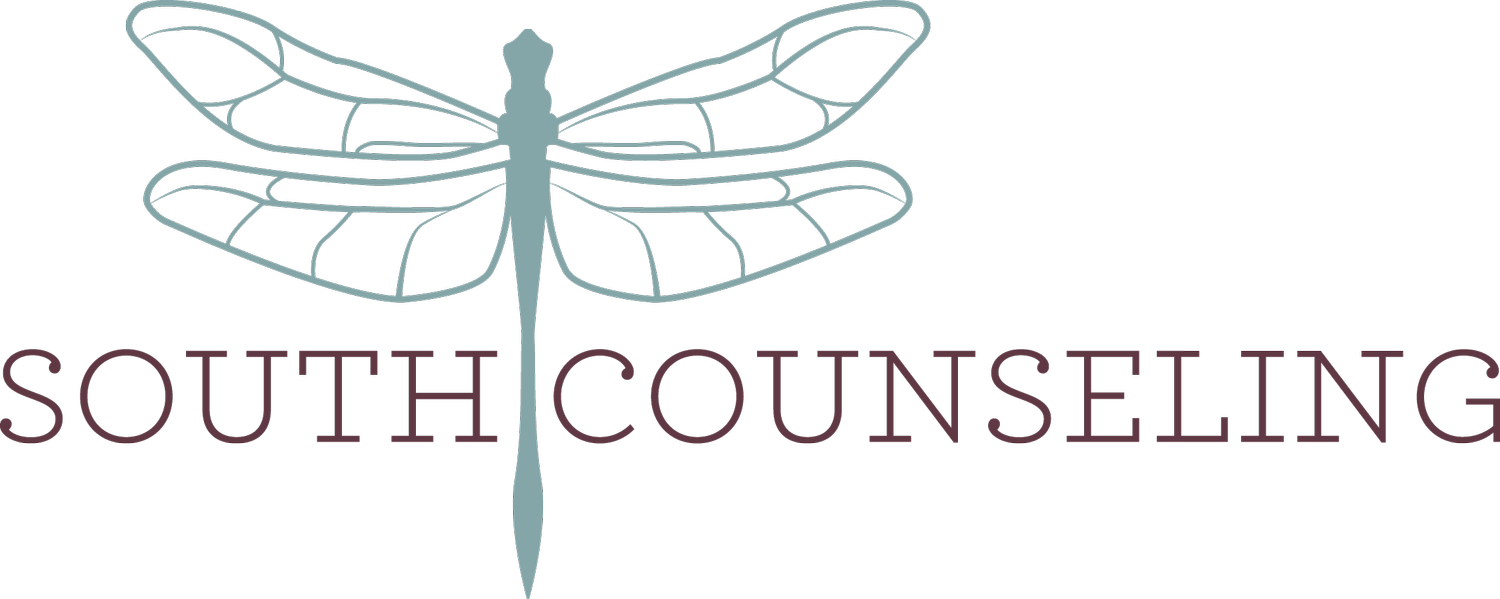Winter is Tough: You are Tougher
Winter season is upon us; the snow on the ground that was once beautifully white has been dyed coal-gray, car windows need scraping in the morning, and black ice hides itself on our busiest roads. For some, the beginning of winter signifies the greatest time of the year. For others, it’s hard to imagine seeing snowflakes and lower temperatures and having our brain release happiness neurotransmitters. Regardless of personal preference or feelings, the chilly-winter-air blows in a new chill of winter struggles, for example, financial stress due to needing to complete holiday shopping, driving becomes more stressful and dangerous, seasonal depression begins to arise, and the cold weather can affect the way our body performs and feels. Winter is tough, but with the right tools, you are tougher.
How To Make Winter Less Tough
Major Depressive Disorder with seasonal pattern, more commonly known as “Seasonal Affective Disorder”, is a common disorder that can make navigating through winter months more difficult (American Psychiatric Association, 2024). If you are experiencing depressive symptoms, such as feeling hopeless or down, trouble sleeping or oversleeping, losing interest in activities you usually enjoy, having low energy, or having thoughts of not wanting to live, you may be experiencing Seasonal Affective Disorder. Fortunately, there are treatments for this disorder that can help with the symptoms. Here are some things that can help depressive symptoms during the winter:
Antidepressants
Cognitive Behavioral Therapy (CBT)
Healthy Diet and Exercise
Light Exposure, either with a Sun Lamp, or spending time with sunlight
exposure
A helpful form of treatment for people with Seasonal Affective Disorder is meeting with a psychotherapist. A common and effective modality that psychotherapists use is Cognitive Behavioral Therapy (CBT). This modality focuses on helping alter thinking patterns, which can help lessen depressive symptoms. CBT in conjunction with medication has been found to be very effective in lessening depressive symptoms correlated with Seasonal Affective Disorder (Rohan & Meyerhoff, 2017).
Another way to help navigate the winter months is to maintain a healthy and active lifestyle (American Psychiatric Association, 2024). By remaining active in the colder months and by focusing on healthy eating, we can improve our mood significantly (American Psychiatric Association, 2024). Lastly, light exposure can be very beneficial in helping lessen depressive symptoms, which can be obtained through direct sun light exposure, or through artificial light given through using a Sun Lamp.
You Are Tougher
An important thing to remember, as we continue onward through the coldest parts of the year is that we are tough. Every person has an incredible amount of resilience, and you are no different. Throughout your life, you have continued forward through incredible times of hardship and tough days, and you have made it through every single one of them. It is important to remember that you have been tough, you are tough, and you will be tough moving forward. It’s also important that it is perfectly normal to struggle and have hard days. Life is an extremely complicated endeavor, riddled with huge responsibilities, tough decisions, heartbreaks, devastation, and worry. Sometimes, we need to take a breath and acknowledge that things are hard, and it is perfectly acceptable to struggle. However, life is also full of many positive things and good things are always to come. Reach out to your support systems, find the right therapist, do your best to be healthy and active, and always remember that you are an incredibly tough person, and you will make it through this tough time. Winter always ends and spring always comes. Winter is tough, but you are tougher.
References
American Psychiatric Association. (2024). Seasonal affective disorder (SAD). Psychiatry.org - Seasonal Affective Disorder (SAD). https://www.psychiatry.org/patients-families/seasonal-affective-disorder
Meyerhoff, J., & Rohan, K. J. (2016, October). Treatment expectations for cognitive-behavioral therapy and light therapy for seasonal affective disorder: Change across treatment and relation to outcome. Journal of consulting and clinical psychology. https://pmc.ncbi.nlm.nih.gov/articles/PMC5036984/




